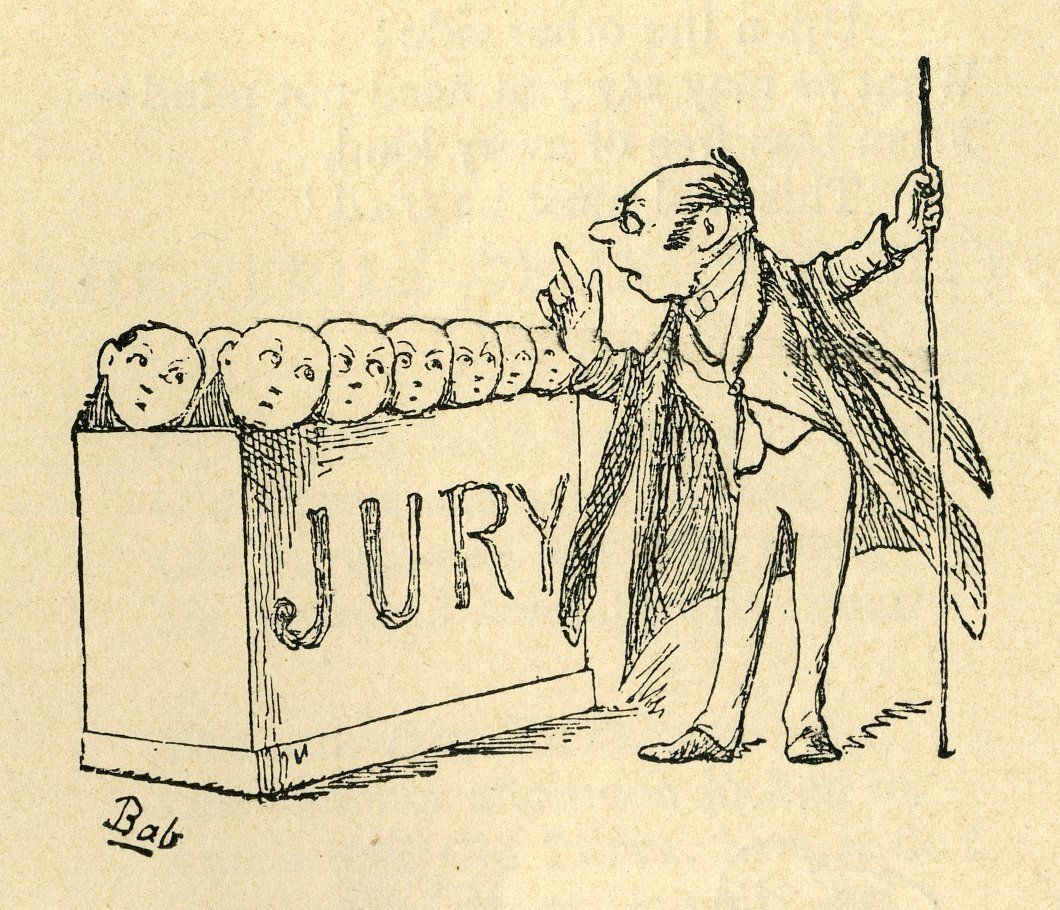New York Requires Manual Workers to be Paid on a Weekly Basis
Manual Worker Pay
Article 6 of the New York Labor Law contains frequency of pay provisions which require weekly pay for manual workers.
Safeguarding Manual Workers
Employers must pay “manual workers” on a weekly basis, as opposed to other types of employees, such as commissioned salespersons or clerical workers, who may receive wages biweekly or semi-monthly.
Defining a "Manual Worker"
To comprehend the scope of the Weekly Pay Requirement, it is essential to understand who qualifies as a "manual worker." In broad terms, “manual worker” encompass individuals engaged in physical labor or those who predominantly perform non-clerical tasks. Importantly, the New York State Department of Labor has ruled that an employee is a manual worker if he is engaged in manual work for at least 25% of the time. This includes construction workers, factory workers, maintenance staff, janitors, most drivers and chauffeurs, and others involved in similar occupations.
Promoting Financial Stability and Employee Protection
The Weekly Pay Requirement promotes financial stability for manual workers because they rely on regular wages to meet their immediate financial obligations. Weekly pay ensures that these workers can manage their expenses more efficiently and plan their budgets with greater ease.
Additional Considerations
The Weekly Pay Requirement does not supersede other legal provisions, such as minimum wage regulations or overtime pay requirements. Employers must still adhere to these regulations, ensuring that manual workers receive fair compensation for their labor.
Enforcing the Weekly Pay Requirement: Seeking Legal Remedies
If an employer fails to pay a manual worker on a weekly basis, employees can pursue legal action to recover liquidated damages for late wages, along with counsel fees. The liquidated damages could amount to half the wage that the employee received from the employer for the last six years, because half of the payments were paid late, under Article 6. This can be a sizable recovery.
Workers should consult with an experienced employment attorney who specializes in Employment Law to navigate the complexities of pay frequency.
Location
Raymond Nardo, P.C.
129 Third Street Mineola,
New York 11501
Contact Us
516-248-2121
All Rights Reserved | Law Office of Raymond Nardo










